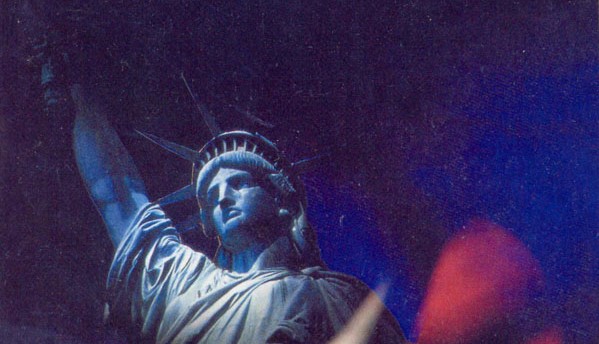
Once again, I say this as someone who frequently explores the dynamics of a story by switching the gender-roles, and swapping typically ‘masculine’ and ‘feminine’ characters, tropes and ideas. To me, the problem with simply reassigning gender-roles is that ultimately it still exists within the binary.

So rather than hold Carter accountable, I will instead use the foundation she built to springboard into some new ideas. It feels cruel to poke at the work of someone who is dead, and cannot defend, explain, or allow their voice to grow in accordance with all modern information. Had she been alive today, as the conversation of gender continues to grow, her writing may have reflected the new discussions we are having. This is through no fault of Carter, nor should she be seen as anything other than a voice at the forefront of feminist writing and literature. And almost ten years after picking up her book for the first time, I cannot help but notice cracks in her particular brand of feminist writing, and re-analyse why in some parts I felt so disconnected by what she wrote. Whether I realised it at the time or not, I can see now that Carter’s writing-however much it was prone to make me squirm!-had a significant influence on how my feelings toward gender were initially shaped.Ĭarter, unfortunately, died the year I was born.

It will come as no surprise that I actually wrote The Sons of Thestian whilst first studying The Bloody Chamber, during those delicate school years long ago. For example, In The Sons of Thestian, the prophetic royal in need of rescuing from a vicious step-mother is not a Princess, but a Prince, while the knight in shining armour who comes to his rescue is a fairy woman, not a man. I will begin by saying that I have often been complimented and thrive off subverting gender-roles and expectations in my work. This discussion triggered a desire for me to lay-down to paper (or page) some ideas I had a while back regarding this topic. In “The Werewolf”, ‘Red’ is both the young girl, and the hunter, while her grandmother is both Grandmother and Wolf.) In “The Bloody Chamber”, it is the mother, not the brothers, who come to the maiden’s rescue. Carter famously moves away from much of the gender expectations, by swapping gender-roles, or at time combining them. In a Fairy Tale Fictions class I taught recently, while analysing the set text, a discussion was started concerning the gender-coding found in Angela Carter’s The Bloody Chamber.


 0 kommentar(er)
0 kommentar(er)
